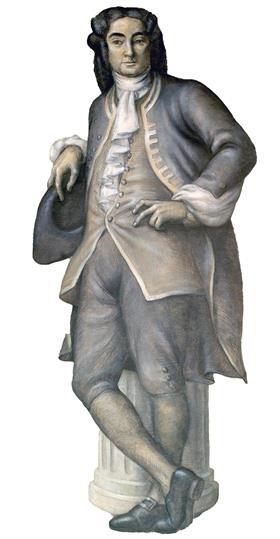Musician and composer William Byrd died 400 years ago this year, but this quatercentenary hasn’t just led to an outbreak of Cantiones sacrae. Byrd biographer Dr Kerry McCarthy has also been looking at his library.
Surprisingly, Dr McCarthy found there wasn’t much on music on Byrd’s shelves. But there were law books, including the classic 1594 tome by Richard Crompton L’authoritie et iurisdiction des courts de la maiestie de la Roygne. Through 23 sections, it was the first book to focus exclusively on the royal courts.

It was likely well-thumbed by Byrd, whose legal disputes were bound up with both residential property law and the local difficulties Roman Catholics experienced in Protestant England.
Byrd was a devout Catholic, but generally successful in keeping his head down. Other Catholics were less good at juggling their faith with the law. William Shelley was one – he was spared execution, but did forfeit his estates, including Stondon Place. The lease for this substantial Essex property was assigned to Byrd for £300 in 1593.
On Shelley’s death in 1597, his widow Jane started a long legal campaign to regain the property. Time for litigant in person Byrd to consult L’authoritie.
Jane tried to have Byrd ejected from Stondon Place, unsuccessfully petitioning Elizabeth I. Byrd’s legal headaches intensified when James I issued letters patent securing her title to Stondon Place. She again tried to get Byrd ejected, but though the Crown recognised her as the owner, the composer’s lease was valid, and Stondon Place remained in his family till 1651.
Back to L’authoritie. It was probably a good choice for a litigant in person in Renaissance England. In 1600, legal scholar William Fulbeck praised Crompton’s books as comprehensive yet concise: ‘A man may by them in a few hours gain great knowledge.’































2 Readers' comments